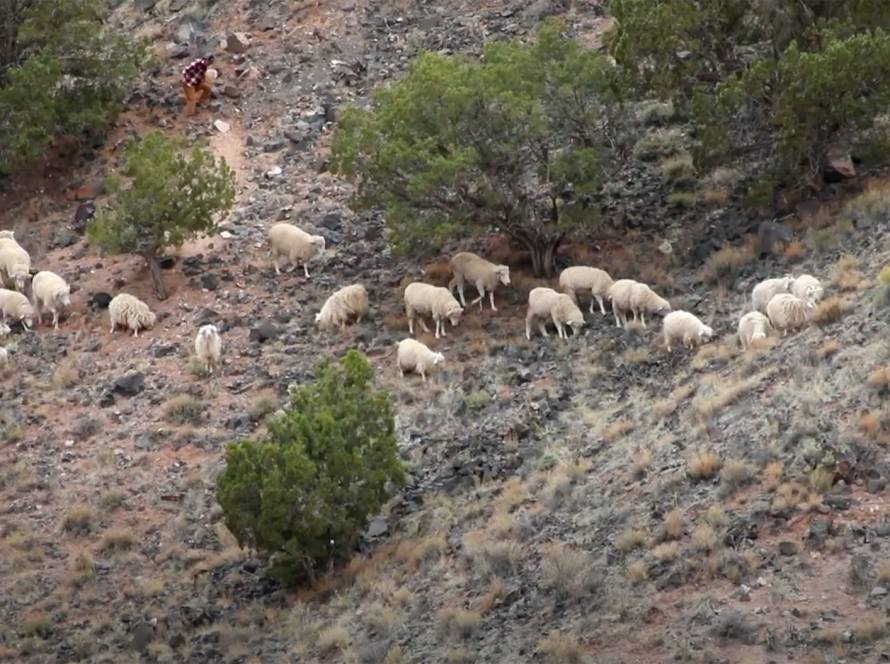Conservation has always been an integral part of Native American culture, with indigenous peoples traditionally relying on natural resources for their survival. Today, tribal conservation efforts continue to play an important role in protecting our natural heritage for future generations. In this blog post, we will explore the importance of tribal conservation, the challenges faced by indigenous communities, and the innovative strategies being used to address these issues.
The importance of tribal conservation
Tribal conservation efforts play a crucial role in preserving our natural heritage. Native American communities have a deep connection to the land and its resources, and have developed traditional practices and knowledge systems to sustainably manage these resources. By preserving ecosystems and habitats, indigenous communities are not only protecting their cultural heritage, but also safeguarding the biodiversity and health of our planet.
Moreover, tribal conservation efforts can help to mitigate the effects of climate change, which disproportionately affect indigenous communities. By promoting sustainable land use practices and renewable energy sources, tribes can reduce greenhouse gas emissions and build resilience against climate-related disasters.
Challenges Facing Indigenous Conservation Efforts
Despite the importance of tribal conservation, indigenous communities face numerous challenges in their efforts to protect the natural world. One of the biggest challenges is lack of access to resources and funding. Many tribal communities are located in remote areas with limited economic opportunities, making it difficult to invest in conservation initiatives.
Additionally, indigenous conservation efforts are often hindered by systemic racism and discrimination. Tribal communities may face barriers to participating in environmental decision-making processes, or may have their land and resources exploited by outside interests.
Innovative strategies to tribal conservation
Despite these challenges, indigenous communities are developing innovative strategies to promote conservation and sustainability. One example is the use of traditional ecological knowledge, which draws on indigenous knowledge systems and practices to promote sustainable land use and management. By combining traditional practices with modern science and technology, tribal communities can develop effective conservation strategies that are tailored to their unique cultural and ecological contexts.
Another strategy is the use of community-based conservation, which involves engaging local communities in conservation initiatives and decision-making processes. By empowering indigenous communities to take an active role in conservation, these initiatives can build local capacity and support the development of sustainable livelihoods.
Finally, digital tools and platforms, such as mobile apps and online mapping tools, are being used to support indigenous conservation efforts. For example, the Indigenous Mapping Network provides mapping tools and resources that enable tribes to map their territories and resources, and share this information with other indigenous communities and stakeholders.
In conclusion
Tribal conservation efforts are critical for preserving our natural heritage and building a sustainable future for all. By drawing on traditional knowledge systems, engaging local communities, and utilizing innovative digital tools, indigenous communities are developing effective conservation strategies that are tailored to their unique cultural and ecological contexts. As we look to the future, it is vital that we support these efforts and recognize the important role that indigenous peoples play in protecting our planet for future generations.


